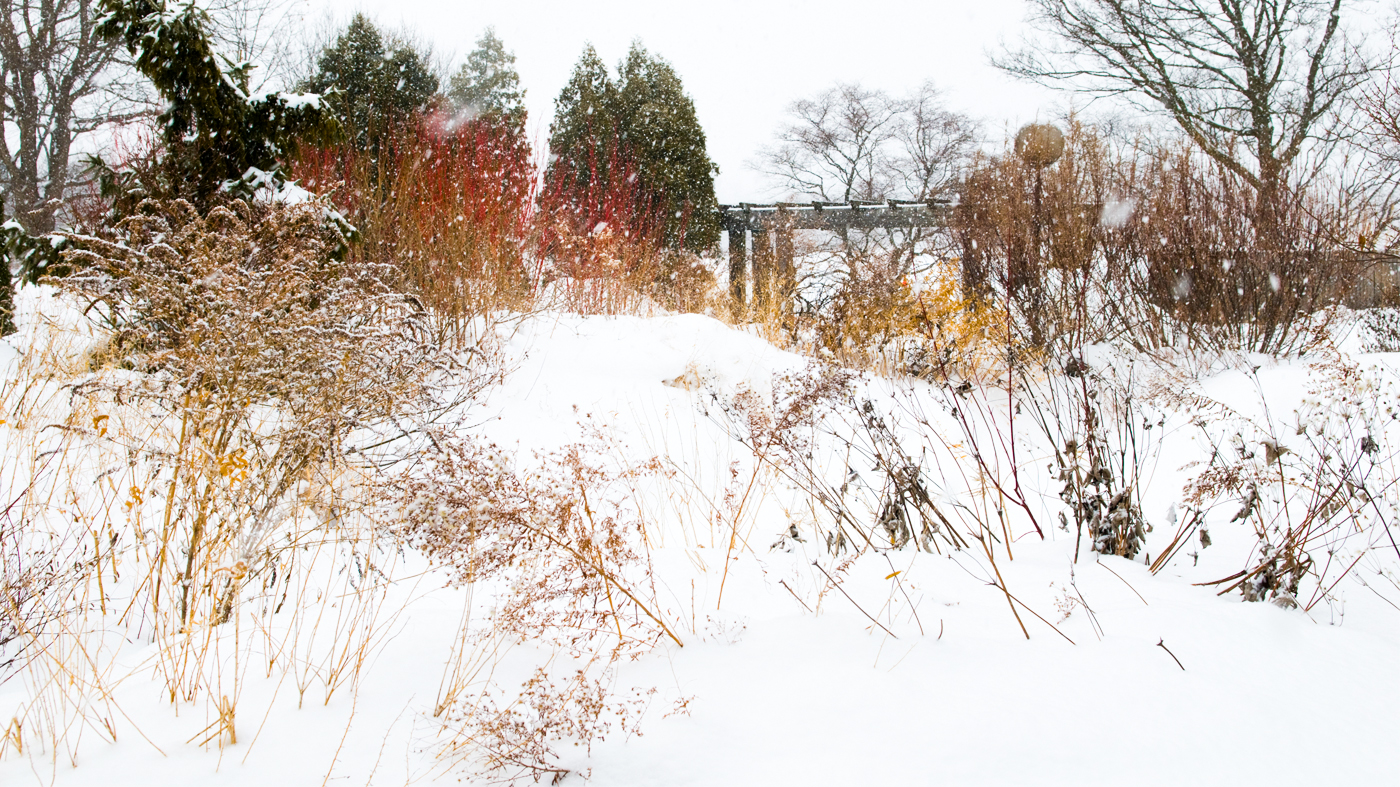

Landscaping with Native Plants
With growing awareness of the impact of climate change, many gardeners are reconsidering the important roles that native plants can play in home landscapes. But just because a plant has been growing somewhere for as long as anyone can remember doesn't mean it's a native plant!

Important to the ecosystem

Native plants are those found in a specific region that began growing there naturally, without being introduced either directly or indirectly by nonnative settlers. These regions can be small as a locality, or as large as several states. But the closer they naturally grew to where you live, the more adapted they are to conditions in your landscapes.
When choosing ornamental plants, it's easy to forget how important native plants are. Native plants are essential to the web of life that includes birds and other wildlife, beneficial insects, and important microorganisms living in native soils. These natural communities evolved together, over a long period of time, into what are often called ecosystems. Ecosystems provide each member of the community with habitat in which live, and food or nutrients on which to survive.
Invasive species, often nonnative plants that are not a natural part of the community, can severely disrupt and overwhelm an ecosystem's delicate balance of life. Without natural checks and balances, they often grow so rampantly that they choke out native plants. The unfortunate result is less biodiversity, and an ecosystem that needs to be restored.
Urban development also has a negative effect on ecosystems, causing native habitats to become fragmented, and making it harder for birds to migrate, bees to pollinate, and for wildlife to survive. Forward-thinking leaders are looking for ways to knit these fragments into life-sustaining corridors.
The Many Benefits of Native Plants

All of these changes in the environment have many home gardeners reconsidering the benefits of landscaping with native plants. Plants native to the Midwest have adapted to the harshest winters, tolerate droughts, and flourish in local soils. Once established, they usually need less supplemental water and fertilizer, if any at all.
Since they are accustomed to our challenging conditions, native plants often experience less vigor-zapping stress than nonnative plants, which usually means fewer pest and disease problems. This often results in less time and money spent maintaining them, and fewer garden chemicals added to the environment.
And because many native plants are deep-rooted—it's the way they survive drought—they are able to store more carbon from the atmosphere than short-lived plants. As part of photosynthesis, all plants absorb and store carbon. But long-lived and deep-rooted native plants are able to store more for longer periods of time, giving homeowners an easy but important way to help mitigate the effects of global warming.
Know Which Natives Go Where

But native plants won't be happy growing just anywhere. Some are accustomed to the dappled sunlight of woodlands, others to the sun-drenched prairies. Many play special roles in wetlands. Each of these habitats offers different soil and moisture conditions. When using native plants in your garden, the best results occur when plants are matched to the sun and soil conditions it has (or had) in a native home.
Including native plants in home landscapes replaces what's been lost to development and encourages plant diversity, helping to revitalize and restore our complex natural world. They also provide an important sense of place, providing a living connection to our past, and a hopeful way to grow a greener future, one plant at a time.

